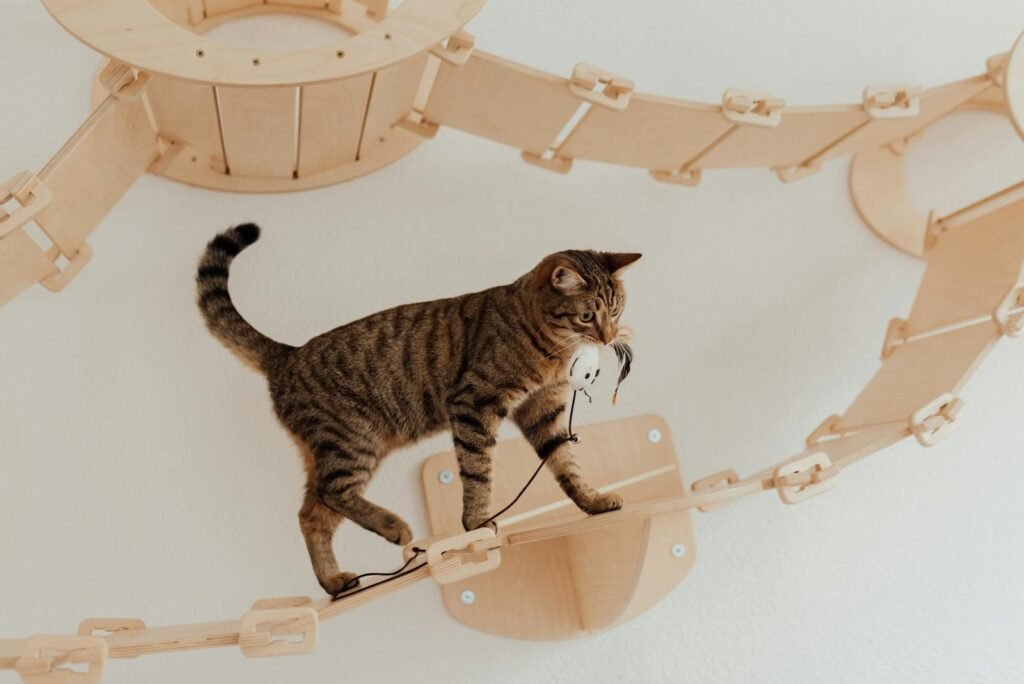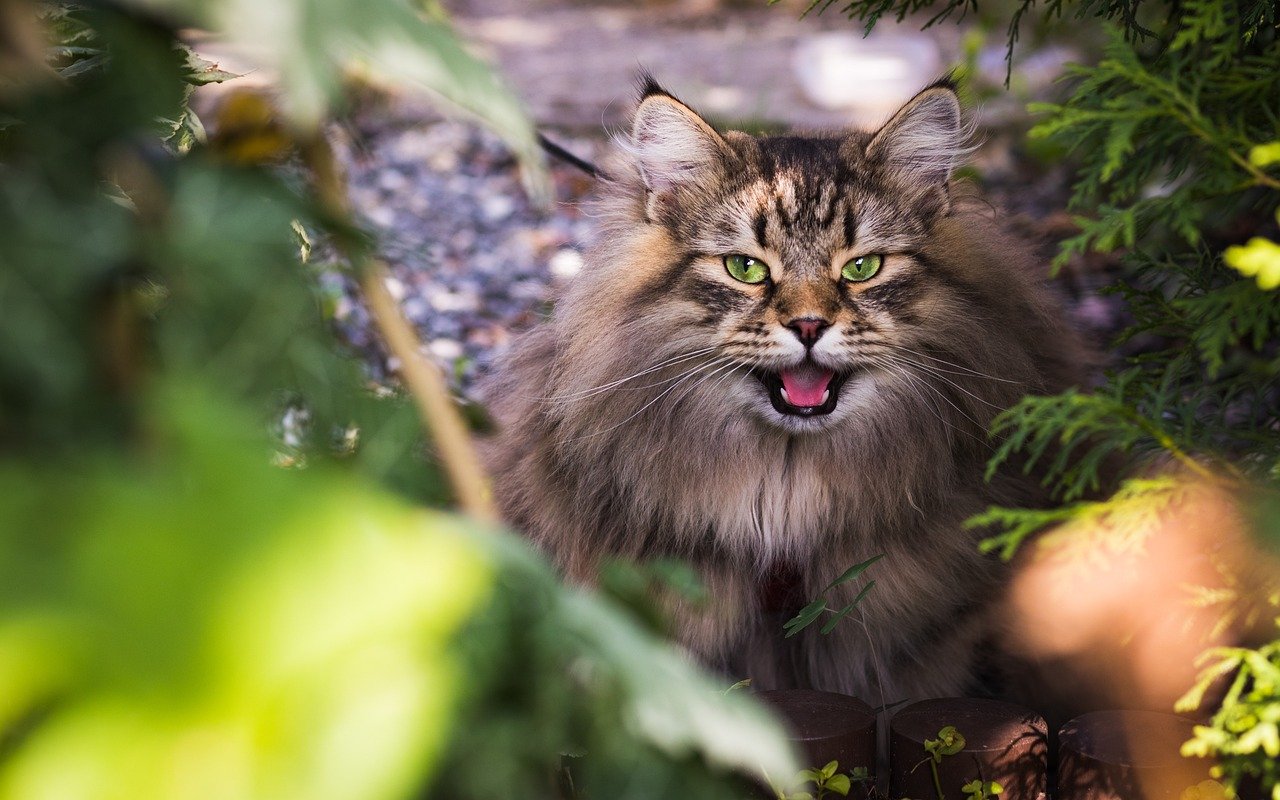Cats, those enigmatic creatures with their mysterious gaze and graceful movements, have a unique way of communicating. Unlike dogs, who often bark to express themselves, cats rely heavily on non-verbal cues. This silent communication can be intriguing and sometimes puzzling for cat owners. Understanding how your feline friend communicates without uttering a sound can enhance your bond with them and make life together even more harmonious. Here are ten fascinating ways cats communicate without saying a word.
The Language of the Tail

A cat’s tail is like an open book for those who know how to read it. When a cat holds its tail high, it’s generally a sign of confidence and contentment. On the other hand, a bushy tail might indicate that the cat is frightened or agitated. A twitching tail could imply curiosity or a playful mood, while a low, tucked tail might suggest fear or submission. Observing these tail movements can provide you with valuable insights into your cat’s emotional state.
The Subtle Art of Blinking
Ever notice your cat slowly blinking at you? This is often referred to as a “cat kiss.” When a cat closes its eyes slowly, it’s a sign of trust and affection. Cats use this gesture to communicate peace and contentment. By returning the slow blink, you can assure your feline friend that you feel the same way. In the world of cats, this shared gaze is a silent conversation filled with warmth and understanding.
Purring: The Vibrations of Contentment
Purring is one of the most recognizable sounds a cat makes, yet it often goes hand in hand with silence. Cats purr for various reasons, but it’s typically associated with comfort and happiness. However, cats may also purr when they are anxious or in pain, using the vibrations as a form of self-soothing. Understanding the context in which your cat purrs can help you decipher their needs and emotions more accurately.
Whisker Talk
A cat’s whiskers are highly sensitive and serve as an essential tool for communication. When a cat’s whiskers are relaxed and fanned out sideways, it indicates a calm and content mood. Conversely, whiskers pulled back against the face can signify stress or fear. Whiskers that are pushed forward might show curiosity or excitement. Observing these subtle changes can give you clues about your cat’s current state of mind.
The Power of Posture
Cats are masters of body language, and their posture can convey a wealth of information. A cat with an arched back and raised fur is likely feeling threatened or defensive. If a cat lies on its back and exposes its belly, it might be a sign of trust, though not always an invitation for a belly rub. A crouched posture might indicate that the cat is ready to pounce, while a relaxed, stretched-out position suggests contentment and security.
Ear Language
The position of a cat’s ears can tell you a lot about what they’re feeling. Forward-facing ears usually indicate interest or curiosity. Ears that are slightly turned to the side might show that a cat is listening to something. Ears flattened against the head are often a sign of fear, aggression, or irritation. By paying close attention to these subtle ear movements, you can better understand your cat’s reactions to their environment.
The Allure of Scent Marking
Cats communicate significantly through scent. They have scent glands located on various parts of their bodies, including their cheeks, paws, and the base of their tails. When a cat rubs against you or objects in the house, it’s marking its territory with its scent. This behavior is a way for cats to create a familiar and comforting environment. Understanding this can help you appreciate the subtle ways your cat makes your home its own.
Vocalizations Beyond Words

While this article focuses on non-verbal communication, it’s worth noting that cats do use a variety of vocalizations to express themselves. From meows to hisses, each sound has its own meaning. However, cats often combine these sounds with body language to convey more complex messages. By paying attention to both their vocal and non-vocal cues, you can develop a deeper understanding of your cat’s communication style.
The Mystery of Kneading
Kneading, where cats push their paws in and out against a soft surface, is a behavior that dates back to kittenhood. This action is thought to be comforting and is often associated with contentment and a sense of security. It’s a gesture that shows your cat feels safe and happy in your presence. When your cat kneads on you, consider it a sign of affection and trust.
The Gaze of Understanding
The eyes of a cat can speak volumes without uttering a word. A direct, unblinking stare might be a sign of dominance or challenge, while a soft, gentle gaze is often a sign of affection. Cats also use their eyes to gauge your mood and reactions. By understanding the nuances of your cat’s gaze, you can foster a deeper connection and mutual understanding.
In conclusion, while cats may not speak in words, they have a rich language of their own. By observing their body language, listening to their vocal cues, and paying attention to their behaviors, you can unlock the mysteries of feline communication. This not only enhances your relationship with your cat but also enriches the experience of living with these fascinating creatures.

Growing up traveling and experiencing new cultures and wonders, I have had a passion for nature, adventuring, photography, and videography. I am currently working towards a BSc in Biodiversity and Ecology at Stellenbosch University, and I hope to specialise in Marine Sciences one day.
Please send any feedback to Feedback@animalsaroundtheglobe.com






